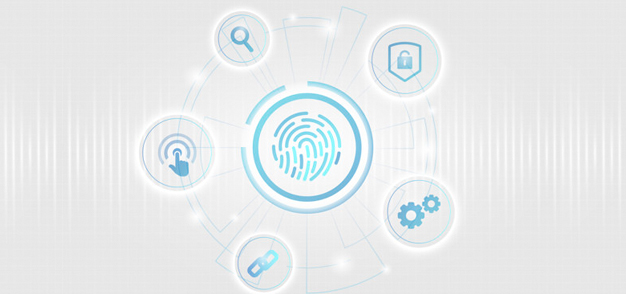In ancient history, to be able to establish identity implied you had to recognize the person simply by their appearance. So typically, one actively transacted only with those in the same neighborhood or village.
“One of the earliest known references to paperwork that served in a role similar to that of a passport is found in the Hebrew Bible. Nehemiah 2:7–9, dating from approximately 450 BC, states that Nehemiah, an official serving King Artaxerxes I of Persia, asked permission to travel to Judea; the king granted leave and gave him a letter “to the governors beyond the river” requesting safe passage for him as he travelled through their lands.”
“King Henry V of England is credited with having invented what some consider the first passport in the modern sense, as a means of helping his subjects prove who they were in foreign lands.”
Source: Wikipedia
Identity as we know in modern times has only really got established in the last 100 years or so. First came the passport in early 1900s followed by other paper based identity documents such as licenses, voters ID, Social Security Numbers etc.
Paper based identity documents worked extremely well in the traditional brick and mortar business environment. There were well established methods and heuristics to weed out fake identities and imposters.
However, with businesses and societies undergoing massive digital transformation we have been a witness to the rise of digital identities. The early digital platforms were largely standalone (for example: Access control systems of your school lab) resulting in users creating standalone usernames and passwords for each platform. Microsoft is credited with introduction of first virtualized online user identity solution “Passport” which enabled users to log into various online sites using a unified username and password.
Early 2010 saw the rise of social media identity APIs with Facebook and Google ID logins becoming extremely popular (in billions). Today over 2 dozen social media platforms allow the use of social media ID based authentication. Business who enable social media logins reap the benefits of having consent based access to users social media data such as age, gender, friends, work history etc. Business leverage this information to provide personalised services and experiences.
The last couple of years has seen the rise of biometrics such as fingerprints and face IDs as a means of authentication. The last couple of years has also seen the rise use of online trails as a means of understanding user behaviour. As we increasingly live our lives online, we are leaving behind an incredibly rich trail of behaviour fingerprint. From devices we use, to time we spend on social media, to posts, articles and news agencies we follow, to transactions we do online, can all be leveraged as an alternate source of rich data and indeed identity.
Think thin-file credit, think preventing account take over fraud and think combating synthetic IDs. Digital IDs and online behaviour can be incredibly handy in enabling business grow risk free and in combating frauds.
Digital identity and its use continues to evolve rapidly. The onus is on businesses to source and leverage customer data creatively for the purpose of enhanced customer experience through personalisation, to increase brand stickiness and to compete in a digitally transformed world. The onus is on businesses to leverage technology as well as alternate sources of data to combat growing threat of digital identity fraud such as stolen IDs, compromised/ lost passwords and synthetic IDs.
Your one-stop-shop for Digital Identity solutions!

Rohit Maheshwari is the Head of Strategy and Products at ID Central. He is responsible for delivering business growth using innovation and product strategy. He leverages his expertise in artificial intelligence (AI), analytics and digital services to contribute to Subex’s solutions and enables its clients to build new offerings, drive business growth and deliver great customer experience.
